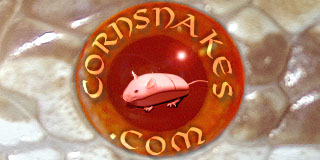There are quite a few recessive appearance related genes out there. Are they all completely recessive or if there is incomplete dominance for some of the traits.
In other words, I was wondering if homozygous wild type snakes look any different than the heterozygotes, for say amelanism.
In other words, I was wondering if homozygous wild type snakes look any different than the heterozygotes, for say amelanism.
